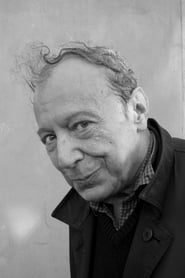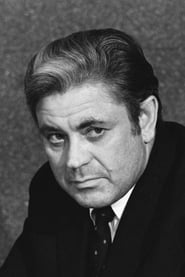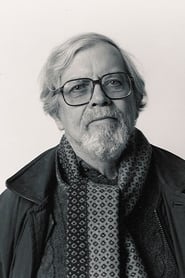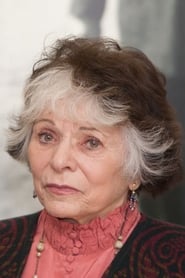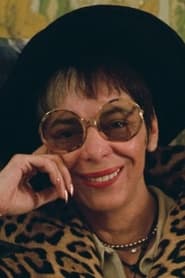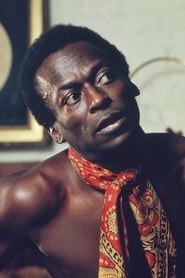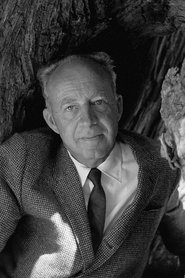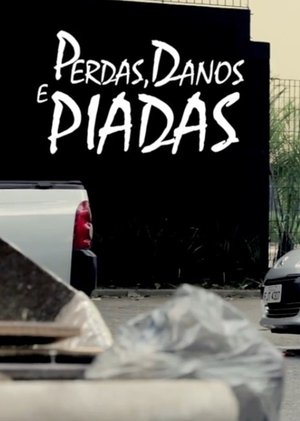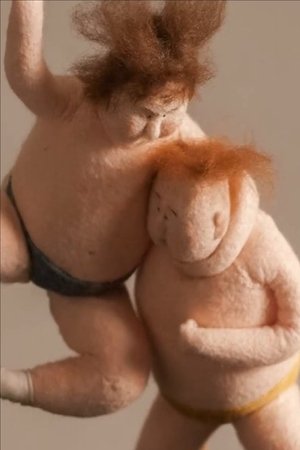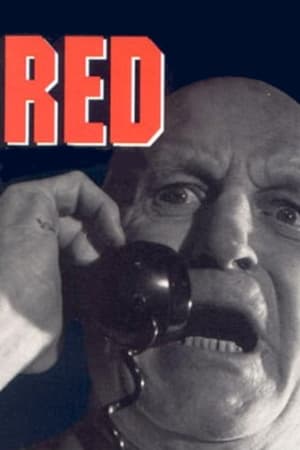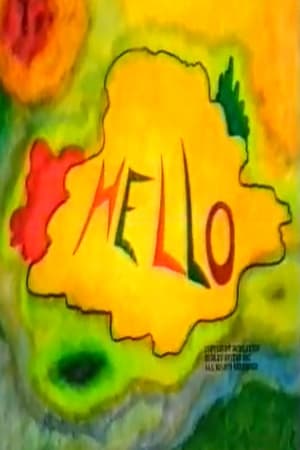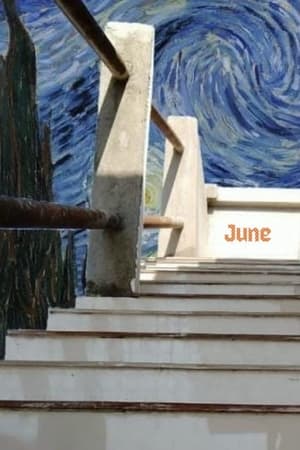
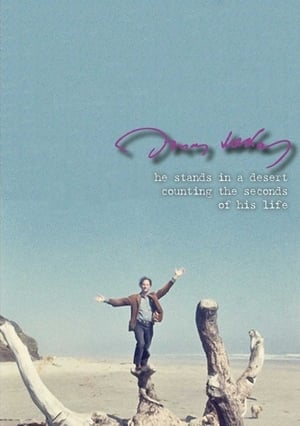
He Stands in a Desert Counting the Seconds of His Life(1986)
A film collage tracing the story of the lives, loves, and deaths within the artistic community surrounding Jonas Mekas.
Movie: He Stands in a Desert Counting the Seconds of His Life
Top 10 Billed Cast
Self (archive footage)
Self (archive footage)
Video Trailer He Stands in a Desert Counting the Seconds of His Life
Recommendations Movies
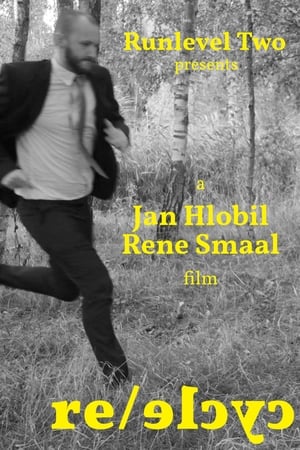 7.7
7.7Re/cycle(en)
With input from actor and writer Jan Hlobil, director and cinematographer Rene Smaal presents a film in the true surrealist tradition, in the sense that only 'found' elements were used, and that it defies interpretation based on ordinary cause-and-effect time sequence.
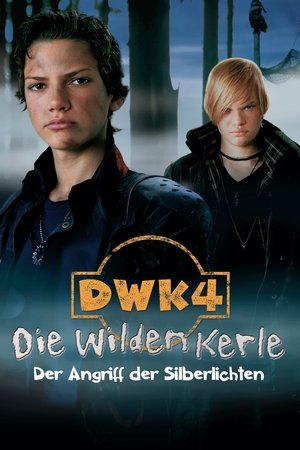 5.3
5.3The Wild Soccer Bunch 4(de)
With the victory against "The Beastly Beasts", "The Wild Soccer Bunch" showed it to everyone and then won every single game. Only one victory now separates them from the "Pott", the Freestyle Soccer Cup. For this they have to compete against the "Wolves of Ragnarök". But the wolves are not normal opponents! They have a dark secret - and behind them lurks a power stronger than all of them: the girl Horizon and the "Silver Lights" from the fog...
Hey Qween - Holigay Special(en)
Let’s get SICK’NING for the Holidays! RuPaul’s Drag Race legend Laganja Estanja is here for Hey Qween’s Very Green Christmas Special!
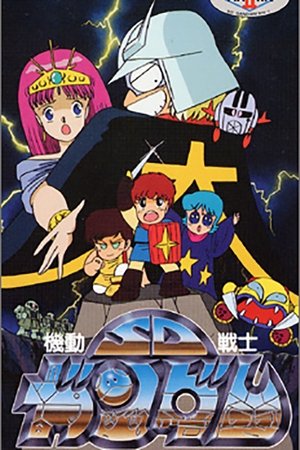 5.8
5.8Mobile Suit SD Gundam Mk II(ja)
Mobile Suit SD Gundam Mk. II delivers with more tongue-in-cheek humor than the first series. In "The Rolling Colony Affair," a colony is hosting a cabaret show featuring the girls of Gundam. But the show turns disastrous when men and mobile suits go crazy over the girls, sending the colony rolling out of control. A parody of the videogame RPG genre, "Gundam Legend" has Amuro, Kamille and Judau sent on a perilous quest to rescue the princess of the Zeta Kingdom from Char Aznable and his vicious Zeon MS forces.
Perjanjian Syaitan(en)
Tambun kills Tok Kadim, the head of a village, and tells the villagers that he died in an accident. The mourning villagers then appoint Tambun as the Penghulu, which sets off a storm of terrible incidents…
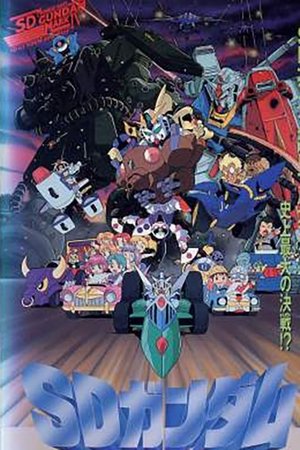 4.4
4.4Mobile Suit SD Gundam Mk IV(ja)
The SD Gundams are at it again: first with a race among all of the prior SD Gundam characters, then the SD Zeons run a space travel agency in the second episode.
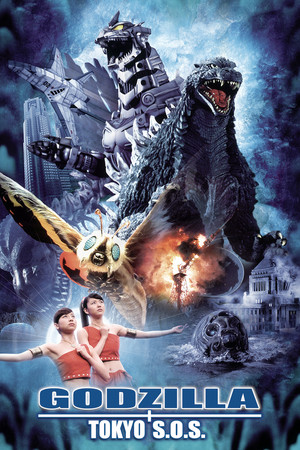 7.1
7.1Godzilla: Tokyo S.O.S.(ja)
Mothra and her fairies return to Japan to warn mankind that they must return Kiryu to the sea, for the dead must not be disturbed. However Godzilla has survived to menace Japan leaving Kiryu as the nation's only defense.
 6.1
6.1Mobile Suit SD Gundam's Counterattack(ja)
The first theatrically release of the SD Gundam series. Contains two shorts, "The Storm-Calling School Festival" and "The Tale of the SD Warring States: The Chapter of the Violent Final Sky Castle".
Brooklyn Girls Fight Club(en)
From the birthplace of boxing legend Mike Tyson, young women brawl in secret fight clubs to win $1000 and invaluable street cred.
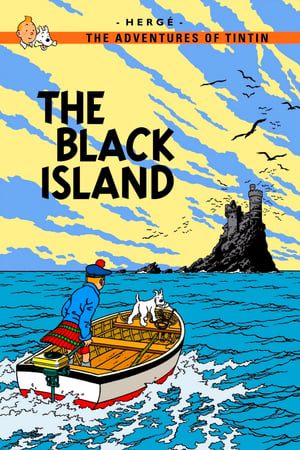 6.6
6.6The Black Island(fr)
Tintin is out on a peaceful walk. But the comfortable atmosphere will not last long. When an aircraft with an engine failure lands, Tintin does his part to help, but he is shot and ends up in hospital.
 5.8
5.8Forky Asks a Question: What Is Reading?(en)
The energetic Peas-n-a-Pod siblings teach Forky about reading and how it is done, with a little help from Mr. Spell
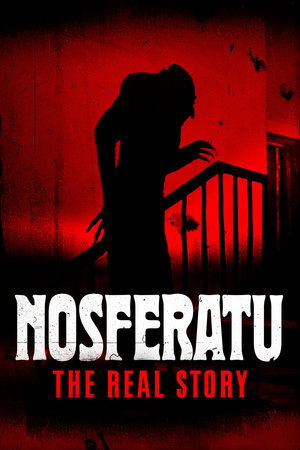 5.0
5.0Nosferatu: The Real Story(en)
Nosferatu was a silent horror film, an unauthorised Dracula adaptation. Despite a court order to destroy it, surviving copies became highly influential in cinema. This documentary traces its origins, impact, and legacy, leading to the 2024 remake.
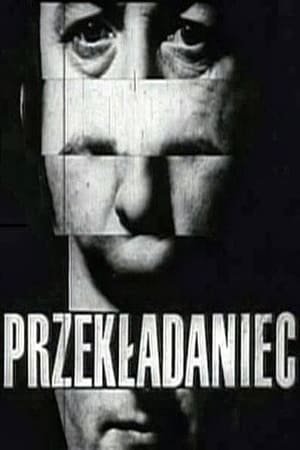 6.8
6.8Roly Poly(pl)
Based on the novel by Stanislaw Lem (Solaris). The main character, race car driver Ryszard Fox, is involved in many car accidents. After each car crash he gets a transplant for one or another internal organ. After a while there is a question: Who really is Ryszard Fox?
Similar Movies
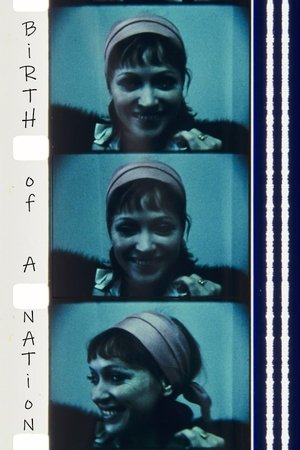 6.3
6.3Birth of a Nation(en)
Filmmaker Jonas Mekas films 160 underground film people over four decades.
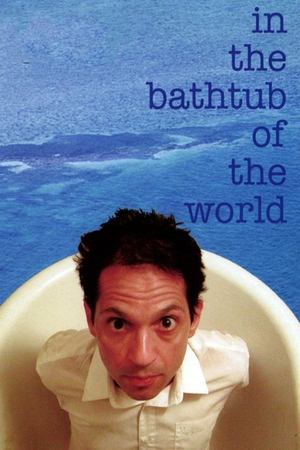 5.5
5.5In the Bathtub of the World(en)
On January 1st, 1999, Caveh Zahedi started a one-year video diary. The idea was to shoot one minute each day. This is the result.
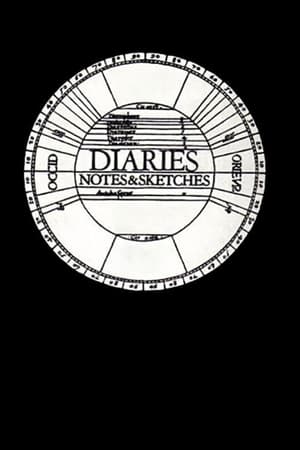 7.5
7.5Diaries, Notes, and Sketches(en)
An epic portrait of the New York avant-garde art scene of the 60s.
 0.0
0.0Hotel Diaries(en)
Made over six years in the hotels of six different countries, Hotel Diaries charts the 'War on Terror' era of Bush and Blair through a seven-part series of video recordings that relate personal experiences to the ongoing conflicts in Afghanistan, Iraq and Israel/Palestine. In these works, which play upon chance and coincidence, hotel rooms are employed as 'found' film sets, where architecture, furnishing and decoration become the means by which the filmmaker’s small adventures are linked to major world events.
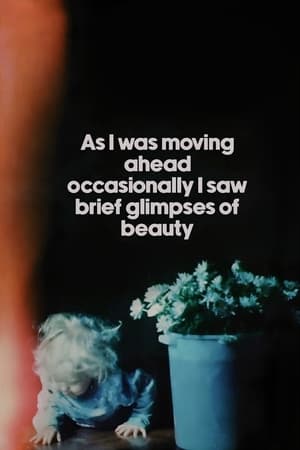 7.7
7.7As I Was Moving Ahead, Occasionally I Saw Brief Glimpses of Beauty(en)
A compilation of over 30 years of private home movie footage shot by Lithuanian-American avant-garde director Jonas Mekas, assembled by Mekas "purely by chance", without concern for chronological order.
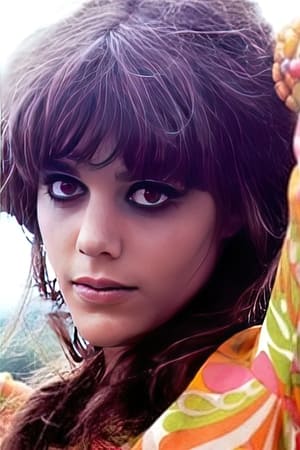 0.0
0.0La deuxième femme(fr)
Over the course of more than fifteen years, Clémenti films a series of intimate diaries, starting from daily encounters. In La deuxième femme, we see Bulle Ogier and Viva, Nico and Tina Aumont, Philippe Garrel and Udo Kier, a performance by Béjart, a piece by Marc’O, concerts by Bob Marley and Patti Smith (not always recognisable)... It’s like a maelstrom of psychedelic images that are passed through a particle accelerator.
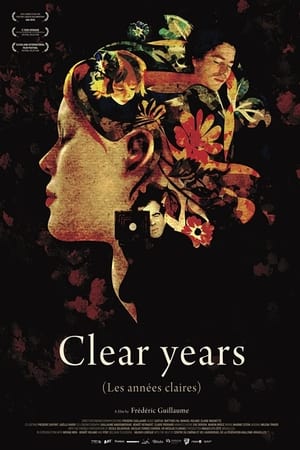 0.0
0.0Clear years(pt)
I wasn’t told. I wasn’t told it would be so difficult to live together. To keep a family together. To maintain love and happiness. I wasn’t told, and if someone had told me I wouldn’t have listened. I chose to live with my camera in my hand, filming the trajectory of feelings, from the golden age to the lost paradise, from being born to being reborn.
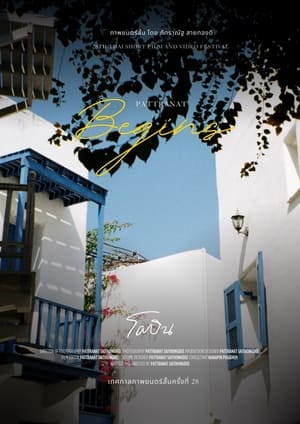 0.0
0.0Begins (โผบิน)(th)
The untold state of mind dealing with an incurable disease. One is wondering if there's still a dream to achieve in life. One is running as if this free spirit of mine has never been taken away.
 7.0
7.0Lost, Lost, Lost(en)
Jonas Mekas adjusts to a life in exile in New York in his autobiographical film, shot between 1949 and 1963.
Chromo sud(en)
One of the very few films made by Etienne O'Leary, all of which emerged from the French underground circa 1968 and can be very loosely designated 'diary films.' Like the contemporaneous films by O'Leary's more famous friend Pierre Clementi, they trippily document the drug-drenched hedonism of that era's dandies. O'Leary worked with an intoxicating style that foregrounded rapid and even subliminal cutting, dense layering of superimposed images and a spontaneous notebook type shooting style. Yet even if much of O'Leary's material was initially 'diaristic,' depicting the friends, lovers, and places that he encountered in his private life, the metamorphoses it underwent during editing transformed it into a series of ambiguously fictionalized, sometimes darkly sexual fantasias. - Experimental Film Club
My Son's Wedding to My Sister-in-Law(en)
A short documentary by Jim McBride.
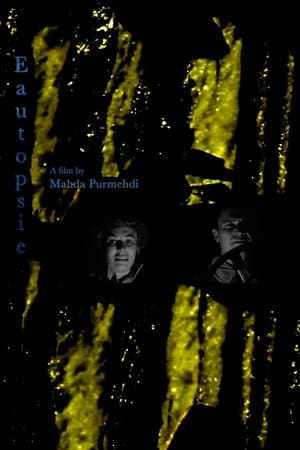 0.0
0.0Eautopsie(en)
An enigmatic glimpse of life through precarious vignettes, propelling a narrative through a nebulous and opaque structure that sutures the filmmaker's home movie footage to archival material—from Hollywood narrative films to political selfie videos. A handmade impression of a time suspended between past and present and the ghosts and places occupying it, contemplating the nature and meaning of vision, memory and image making.
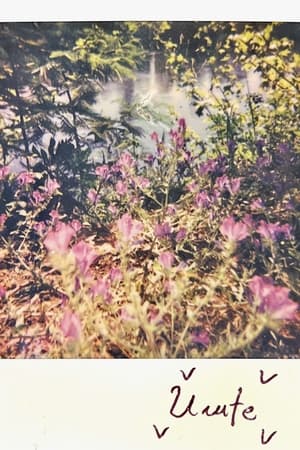 0.0
0.0Urute vv(pt)
An intimate glimpse into 3 years of serene moments, compiling video, polaroids and other things that were lying around when editing.
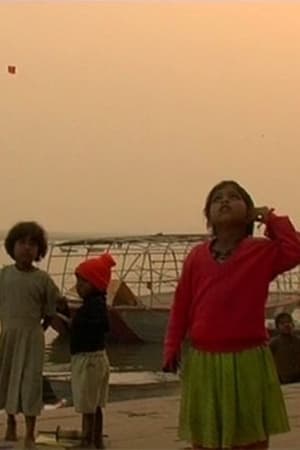 0.0
0.0Heart of a Tiger(fr)
Somewhere between a diary and a filmed letter made while Caroline Champetier was shooting Benoît Jacquot's film L'Intouchable in India.
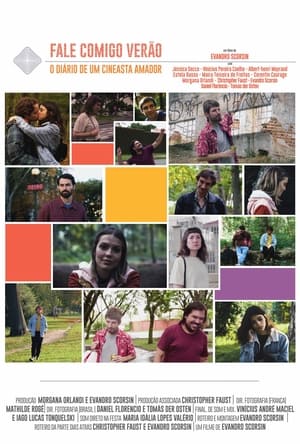 7.0
7.0Fale Comigo Verão: O diário de um cineasta amador(pt)
For years, together with his partners from the production company O Quadro, he has been betting on cinema as a tool to explore the typical issues of youth. In this film, Evandro Scorsin turns the cameras on himself as he deals with the dilemmas of the passing of time and the imposition of adulthood. In an exercise in autofiction where cinema and life merge, the film is also a cinematic love letter to the beloved masters (especially Nicholas Ray). Coming and going between two countries and times, it records the vertigo of displacement and the reinventions inherent to an immigrant experience.
 0.0
0.0Voicemails For The Unknown Receiver(tl)
Through phone call conversations, an aspiring Ilocano filmmaker relates to his mother working in Italy about his dreams and struggles while documenting the invisible betweenness of their language and distance.
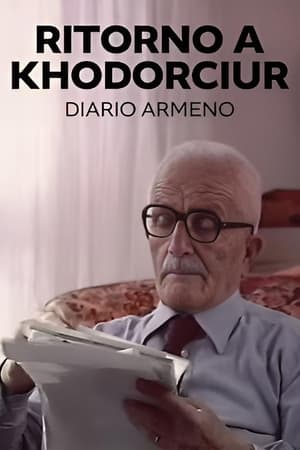 0.0
0.0Return to Khodorciur—Armenian Diary(it)
Raphael, Yervant Gianikian's father, survived the Armenian genocide in 1915 in Eastern Turkey. In April 1988, while living in Venice, he sat for his son's camera and read an excerpt from his memoirs, translated from Armenian into Italian.
Homeo(en)
Homeo is a mental construction made from visual reality, just as music is made from auditive reality. I put in this film no personal intentions. All my intentions are personal. I’ve made this film thinking of what the audience would have liked to see, not something specific that I wanted to say: what the film depicts is above all reality, not fiction. Homeo is, for me, the search for an autonomous cinematographic language, which doesn't owe anything to traditional narrative, or maybe everything. Cinema is, above all, part of a way of life which will become more and more self-assured in the years and century to come. We are part of this change, and that’s why I tried in Homeo to establish a series of perpetual changes, in constant evolution or regress, which tries, above all, to focus on things.
 0.0
0.0Shotgun Baby(en)
A personal documentary questioning the ways in which family imposed narratives force us into roles that we spend our lives either rebelling against or conforming to.

